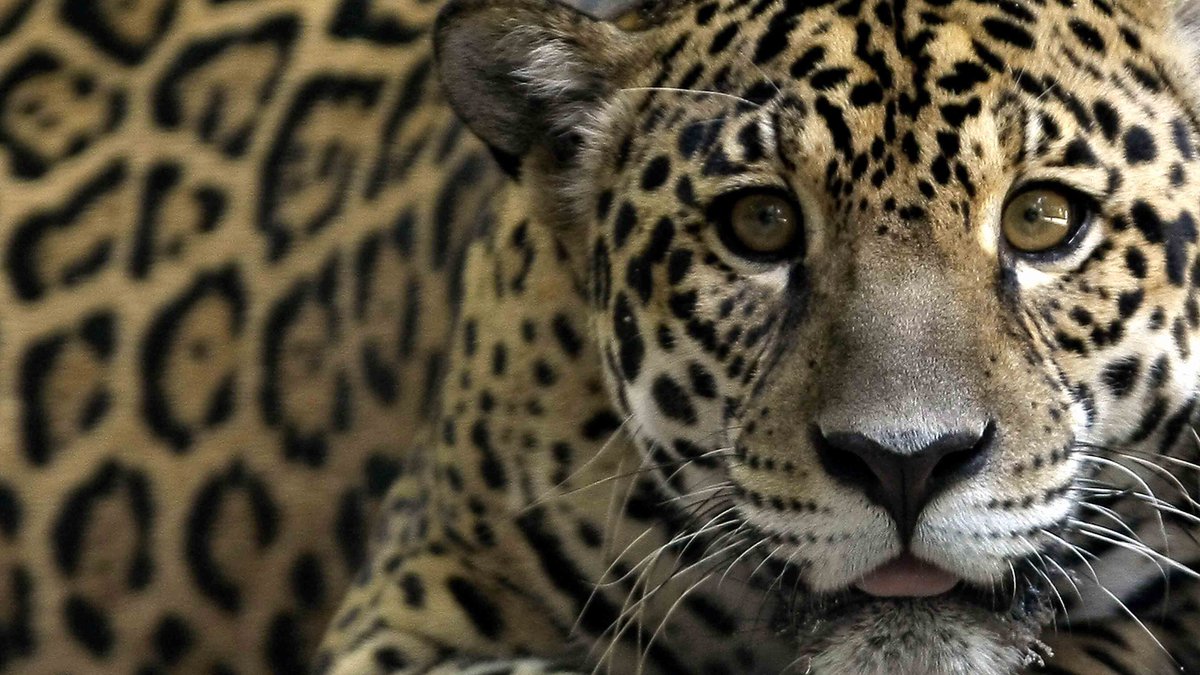#Jaguars Under Threat From Extreme Drought-Fueled #BrazilWildfires
weather.com/en-IN/india/en…
(📸: MAURICIO LIMA/AFP via Getty Images)
weather.com/en-IN/india/en…
(📸: MAURICIO LIMA/AFP via Getty Images)

The largest population of #jaguars in the world is under attack from wildfires burning across vast tropical wetlands in southwestern Brazil.
Firefighters, ranchers, scientists, environmentalists and local residents are banding together to try to stifle the blazes and save the jaguars.
The fires are burning in a region known as the Pantanal, which is considered one of the most biologically diverse regions on the planet.
Besides the #jaguars, the Pantanal is also home to thousands of other plant and animal species, including toucans, caiman, giant otters and giant anteaters, according to the World Wildlife Fund.
The jaguars are concentrated in a state park called Encontro das Aguas, or Meeting of Waters.
Fires reached the park in recent days after scorching more than 8,900 square miles of land across wetlands known as the Pantanal, which starts at the southern end of the Amazon forest and stretches over parts of Brazil, Bolivia, and Paraguay, Agence France-Presse reported.
Two hundred of them have already been killed, injured, or displaced due to the fires, according to Panthera, a big cat conservation group.
The region is used to fires during the dry season, but those who work in the Pantanal say extreme drought, combined with heat and wind, have created a dire situation.
Winds were blamed for carrying sparks into Encontro das Aguas and igniting the fires that affected the jaguars.
Ranching and farming are common in the Pantanal, but many residents also depend on tourism generated by the jaguars, who have grown accustomed to people viewing them.
• • •
Missing some Tweet in this thread? You can try to
force a refresh














